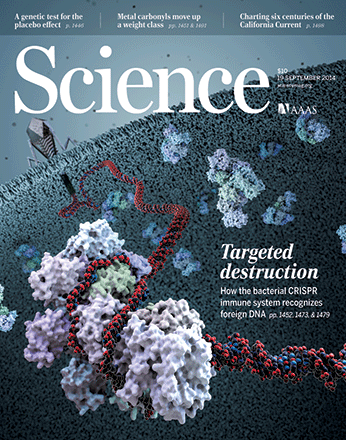In the current issue of Science there is an interesting Perspective by Scott Beatson and Mark Walker of the University of Queensland discussing research published this week in Science Translational Medicine by Conlan et al. who used SMRT® Sequencing to track plasmid diversity of hospital-associated infectious bacteria at the NIH Clinical Center.
The article provides a nice overview of the paper, including an explanation of the important role that plasmids play in spreading antibiotic resistance. They illustrate why short-read DNA sequencing technologies are insufficient in resolving them and long reads are necessary for this work.
“Plasmids may be viewed as the ‘dark matter’ of short-read bacterial genome assemblies, with many large-scale genomic studies conspicuously avoiding the complexities of plasmid structure. Genomic comparisons such as that described by Conlan et al. reveal how the dynamism in the structure and arrangement of resistance elements can only be realized by ‘closing’ plasmid genomes with long-read sequencing,” they write.
Even Sanger sequencing can be too difficult, time-consuming, and expensive for these types of projects, especially when dealing with multiple plasmids, they explain.
And while cataloging the antibiotic resistant genes in a particular bacterium may be the easy part, determining how these genes fit within plasmids is more difficult. With long-read sequencing you get a “complete picture” of the plasmid, “including the number, position, and context within mobile elements of every acquired antibiotic-resistance gene,” they note.
The authors conclude by saying, “Long-read genome assembly offers clear advantages for the resolution of complete plasmid sequences that can discriminate plasmid diversity, antimicrobial-resistance gene context, and multiplicity. Such information will enhance our understanding of plasmid carriage, transfer, epidemiology, and evolution.”
You can also read our blog post on the Conlan et al. paper.
